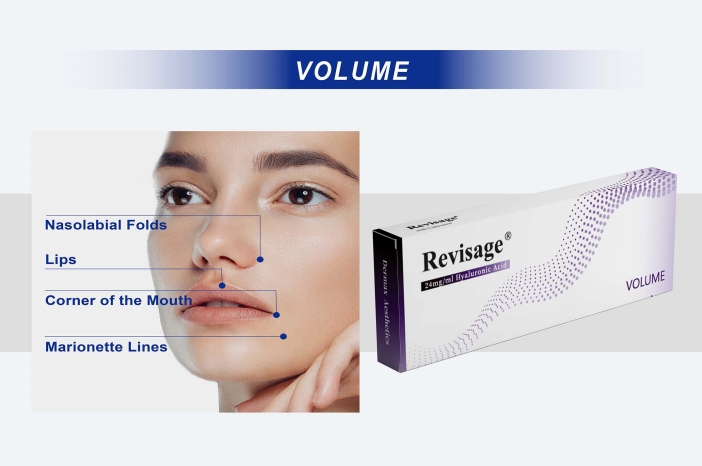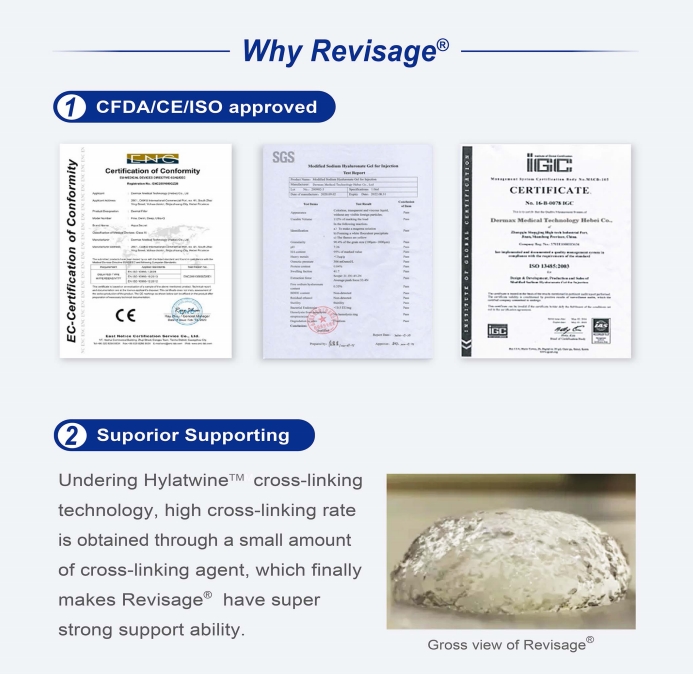What is injectable hyaluronic acid?
Injectable hyaluronic acid (HA) represents a category of temporary dermal fillers that leverage the body's natural hydrating mechanisms.
This remarkable substance occurs abundantly throughout human physiology, with particularly high concentrations in synovial joints, ocular fluids, and cutaneous tissue.
In dermatological applications, HA's exceptional water-binding capacity enables significant tissue hydration and volume enhancement.

The Aging Process and Volume Restoration
Dermal fillers are employed to improve the uniformity of the facial characteristics by restoring and correcting the visible indicators of face volume loss as well as any irregularities in the contour and enhancing collagen production.
When used in conjunction with face restoration surgery or for people who are already showing early symptoms of ageing, dermal fillers can be highly beneficial.
They enhance the lips, temples, jawline, and back of the hands in addition to smoothing out moderate to profound face wrinkles and skin folds, such as the nasolabial folds, marionette lines, vertical lip lines, parentheses, and perioral lines.
How Hyaluronic Acid Injections Work

Hyaluronic acid is a biological compound that occurs naturally in the human dermis (skin).
When used as an injected filler in targeted fashion, it temporarily stimulates the body’s production of natural collagen to add volume to the skin and smooth or erase age-related lines and wrinkles.
Hyaluronic acid works best to treat minor to moderate lines and volume loss around the nose, lips, chin, and cheeks.
Over time, injected hyaluronic acid breaks down in the body, but the collagen it leaves behind remains for longer periods of time. Eventually, however, the collagen dissipates as well and the results fade, returning the patient more or less to a pre-treatment state.
Touch-up procedures may prolong results for months after they’d normally disappear.
There is some evidence that certain patients may require lower filler doses to achieve similar results in follow-up procedures, but more study is needed to conclusively determine that this is the case.
Features of the introduction of fillers into tissues
The main active ingredient of biodegradable fillers is active compounds biocompatible with tissues (hyaluronic acid, polylactic acid, calcium hydroxyapatite), which after a certain period of action break down into smaller fractions and are naturally excreted from the body.
The most in-demand today are fillers based on hyaluronic acid, which have undeniable advantages over other drugs, such as:
- 100% fabric compatibility;
- low risk of adverse reactions with the introduction of hyaluronic filler;
- a wide range of applications on the face and body due to various viscous-plastic characteristics;
- prolonged correction result;
- affordable cost.





